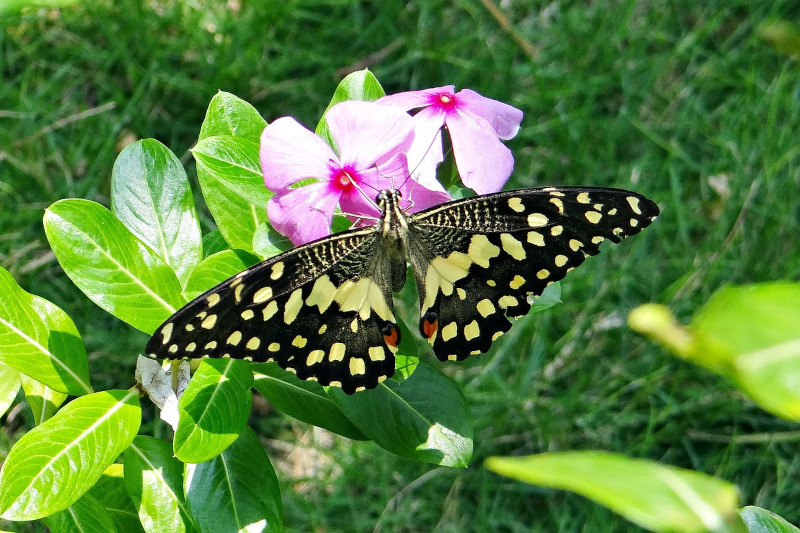
Lime Butterfly Facts
- This gorgeous creation of Nature and evolution is most often referred to by the uniquely descriptive common name of the Lime Butterfly. Yet it has other titles, used in various parts of its range. They include such terms as lime swallowtail and lemon butterfly, among others.
- Inside the scientific community, however, it’s likely much better known by its purely technical name. Thankfully for the layperson, that’s a comparatively simple one to pronounce, as such things go. That’s because the invertebrate holds the official moniker of the Papilio demoleus.
- The beautiful Lepidoptera received that name due to the efforts of Carl Linnaeus. The eminent Swedish zoologist and botanist recorded the first official recognition of the creature as a separate and distinct species. That scientifically noteworthy deed occurred in 1758.
- The most favored common name refers to its feeding habits. Regardless of the term one chooses to employ, however, it remains an amazing species. Among the many reasons for this is the fact that this wonder of Nature also hosts an impressive six acknowledged subspecies.
- Fortunately, the marvelous Lime Butterfly appears to have a population base that’s both stable and sufficient. That pleasant fact also seems to hold true throughut the entirety of its native range. The IUCN thus presently has no listing for it on the Red List of Threatened Species.
- This diminutive marvel of Nature nevertheless should be considered to be facing several potential threats to its existence as a species, at least. Like many of its kind, most of these stem from the actions of humans. They include such perils as habitat loss and climate change.
Related Articles
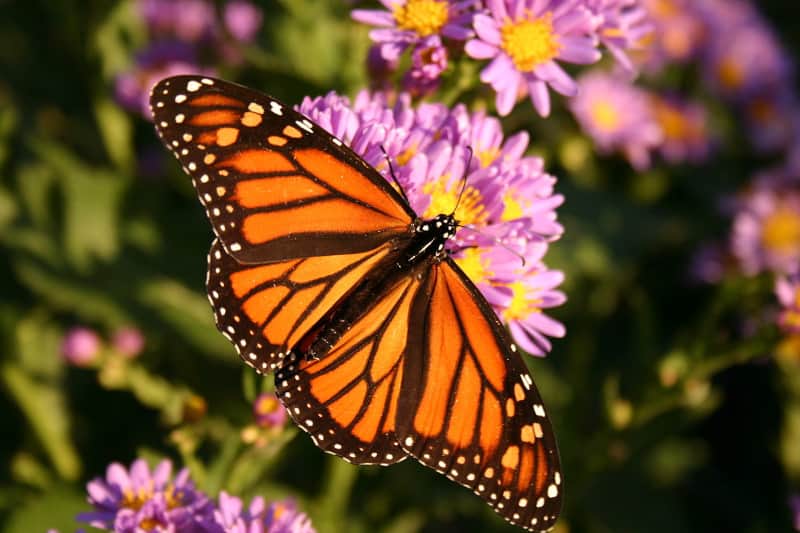
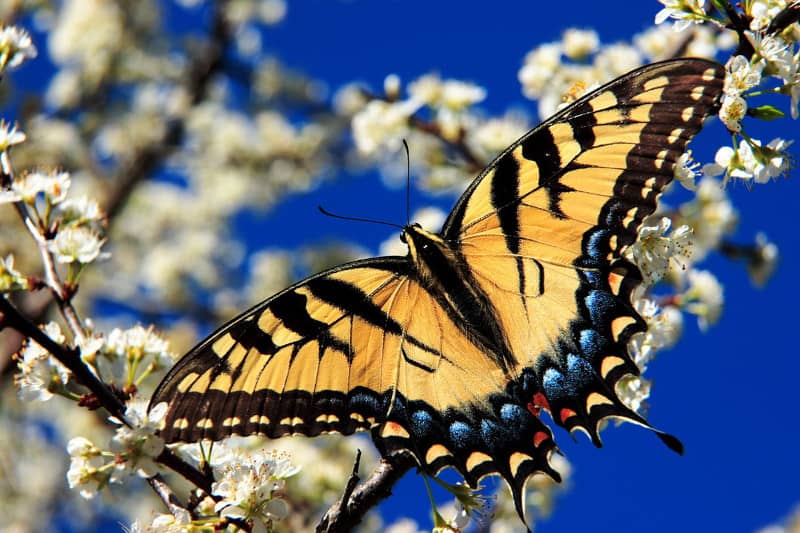
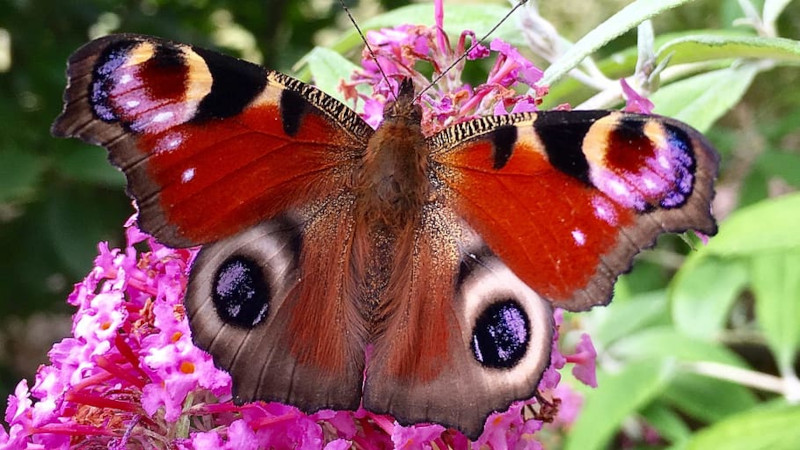
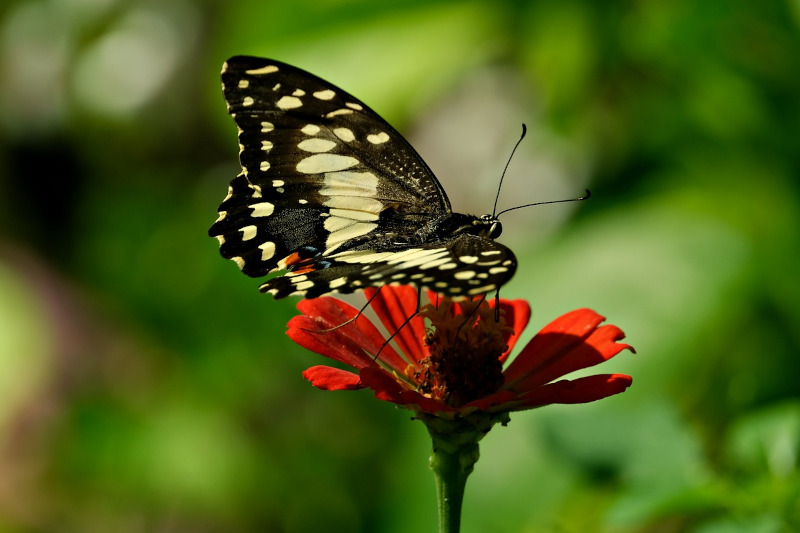
Lime Butterfly Physical Description
The stunning Lime Butterfly understandably captures the attention of those people fortunate enough to encounter one. But the Arthropod does so due to more than its beauty. That’s true given the fact that, in addition to that visual appeal, it’s also a moderately large variety of butterfly.
It also stands out from its many peers around the world in another way. That’s because, unlike most relatives, it displays virtually no easily noticeable degree of the physiological characteristic of sexual dimorphism. Distinguishing the genders is thus extremely difficult for most casual observers.
A fully mature adult of both genders of this species attains an average wingspan measuring roughly between 3.2 – 3.9 in (8 – 10 cm). The size of the wings, though, certainly isn’t the only distinctive feature of the insect. Unlike most swallowtails, this one does not display a prominent tail.
Following its evolutionary path, its wings also manifest an intriguing shape. The forewing of both genders has an elongated structure to it. The hindwing of the beautiful Lepidoptera additionally possesses a notably rounded shape to it. The combination makes for a visually striking package.
The wings of the Lime Butterfly also display a very fascinating pattern of color. The upper surface presents a background of deep black. That’s broken by an irregular yellow band, broken on the forewing. Multiple yellow spots show, and a red spot with blue edging also shows on each wing.
The underside, though, displays a distinctly different pattern. A background of black appears near the tips of the wings only. The rest of the entire underside has a background of white or light yellow. Multiple black lines and yellow-orange spots compliment this remarkable natural coloring.
- Kingdom: Animalia
- Phylum: Arthropoda
- Class: Insecta
- Order: Lepidoptera
- Family: Papilionidae
- Genus: Papilio
- Species: P. demoleus
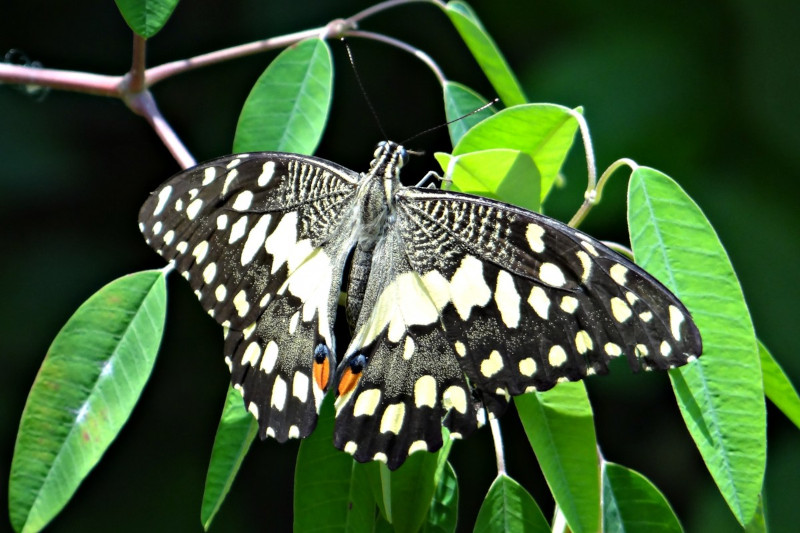
Lime Butterfly Distribution, Habitat, and Ecology
The magnificent Lime Butterfly inhabits a relatively broad expanse of the globe. In fact, it has the greatest range of any known variety of swallowtail butterfly. The precise location of that zone of habitation might surprise many people, though. The insect’s native to Australia and Asia.
In Asia, the marvel appears as far west as Syria and Iraq. To the south, though, it’s present as far as the Philippines and Indonesia. In Australia, it’s even present in most of the region, including New Guinea and Lord Howe Island. It has also now spread to numerous Pacific Ocean islands.
Nature provided this marvel with a surprisingly high degree of adaptability regarding its choice of habitat. Some of the regions in which it makes its home include areas of evergreen and semi-evergreen forests, fallow lands, savannahs, and even residential areas such as small gardens.
It’s also quite prevalent at an impressively wide range of altitudes. In India, the creature is found as high as 7,000 ft (2,100 m) above sea level. The remarkable insect does show a decided preference for the presence of either riverbeds or streams in the areas in which it chooses to live, though.
The breathtaking Lime Butterfly evolved behavioral patterns common to many members of its Family. It usually rests with its wings spread wide. It also rarely flies more than 3.3 ft (1 m) above the ground. During the heat of the day, however, it spends much of its time resting on damp areas.
The female lays her eggs singly, usually on the top of a leaf. The larvae later feed voraciously on a number of local plant species. Both these and the adults often fall prey to many predators, such as spiders and birds. It has the shortest lifespan among its kind, with adults living only 4-7 days.
Species Sharing Its Range
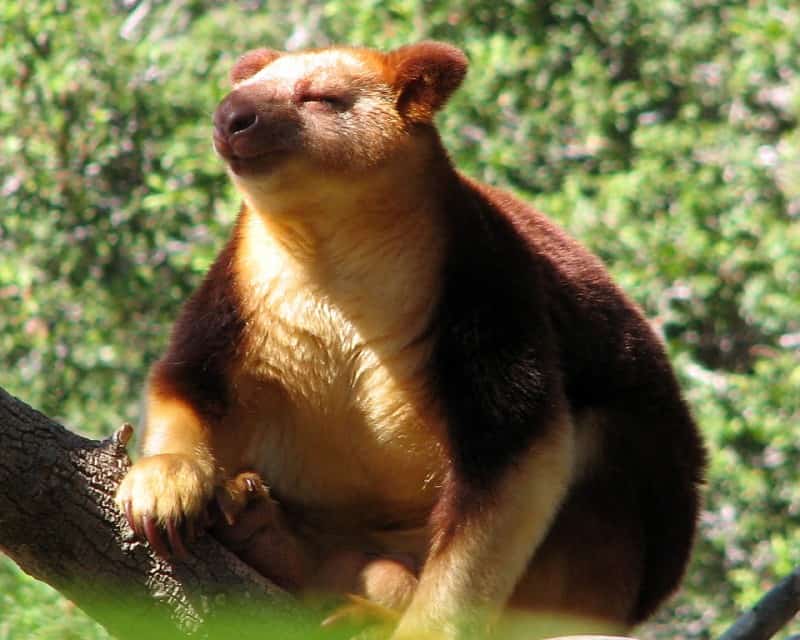

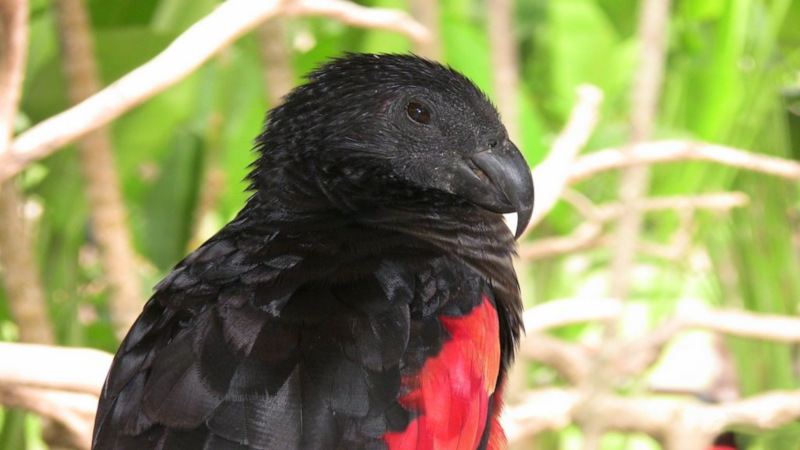
Check out our other articles on 5 Marvelous Mediterranean Sea Species, Golden Jackal, Cumberland Falls, Indigo Milk Cap, Southern Darwin’s Frog, Mangrove Monitor, West Indian Ocean Coelacanth









Leave a Reply